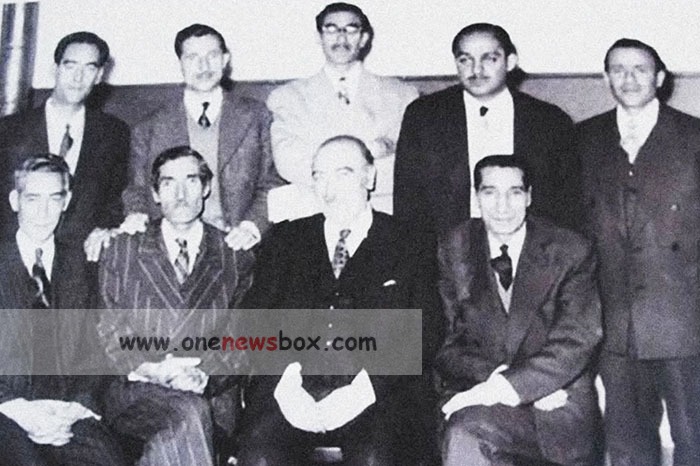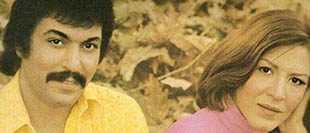Mahjoubi’s contributions extended beyond his performances and compositions; he was also a significant figure in Iranian radio. Since the inception of radio broadcasting in Iran, he was actively involved in various roles and remained dedicated to the medium throughout his life. In 1955, he joined the legendary Golha program, a highly influential radio show that played a vital role in preserving and promoting Persian classical music. His contributions were so essential that many of the surviving radio recordings from that era prominently feature his piano playing.
One of the most fascinating aspects of Mahjoubi’s musical journey was his method of notation. Unlike most classical musicians, he did not read standard musical notes. Instead, he developed his own unique system of notation, which closely resembled the ancient Siyaq script, a historical Persian system of numerical and symbolic notation. This personal notation system allowed him to transcribe and reproduce his compositions accurately. Thanks to the efforts of music researcher Pouyan Azadeh, this remarkable notation system was officially recognized as part of Iran’s national spiritual heritage. In 2018, Mahjoubi’s manuscripts were transcribed into international musical notation by his devoted students and published in a book titled “The Piano Row of Professor Morteza Mahjoubi.” This publication was highly praised and celebrated in various cultural ceremonies.

